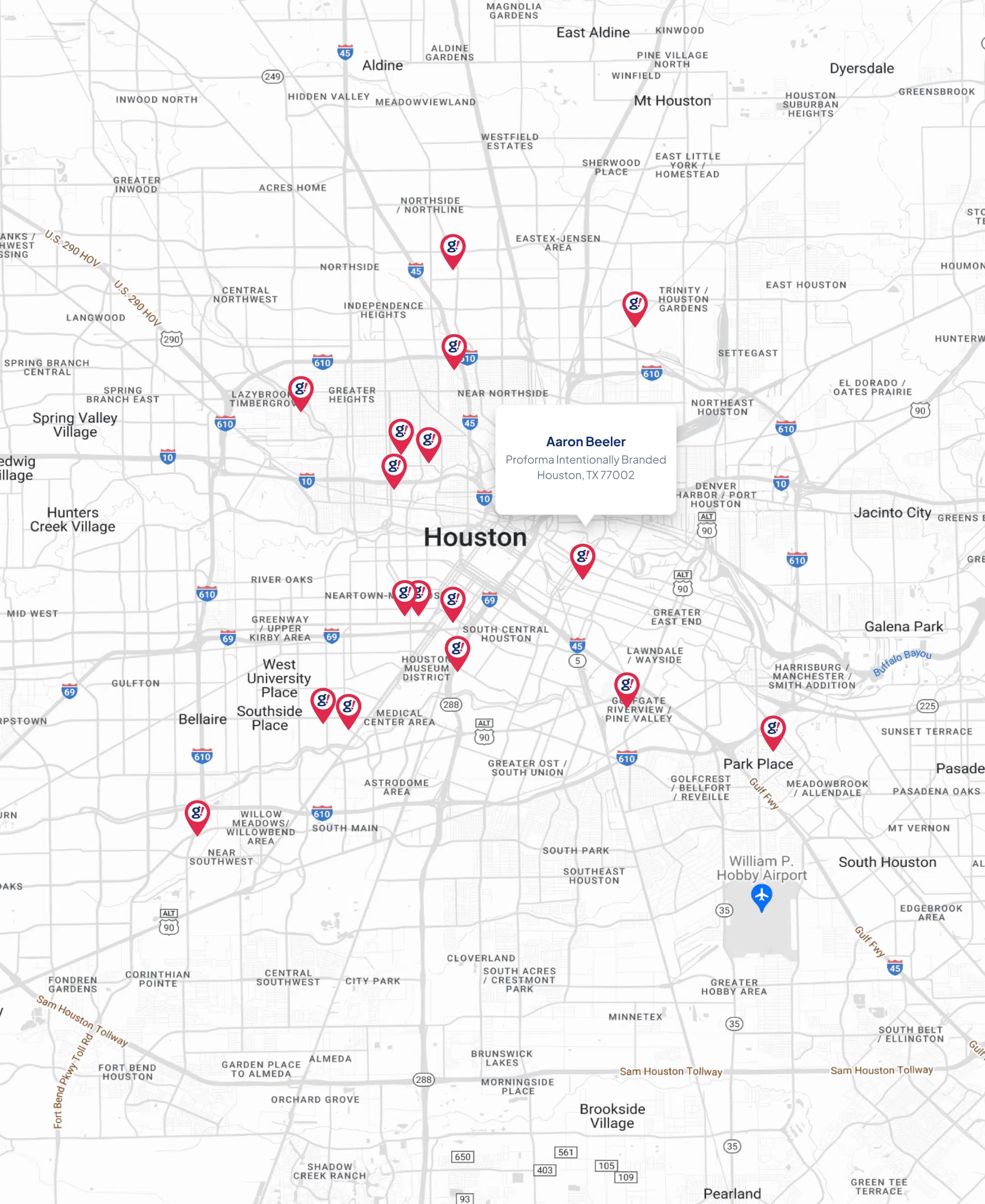One Big Question: Why is artificial intelligence still kind of dumb?
- Updated on: 2018-10-02
- Read original article here

Once the domain of science-fiction authors and script writers, artificial intelligence is steadily marching into the real world. Recently we've seen the technology do everything from reading lips better than the experts to playing in a poker tournament and trouncing its human competition.
But while it seems everyone is jumping on the AI bandwagon (or should that be futuristic car?), we were wondering just how advanced the technology really is. So we put a question to Igal Raichelgauz, the founder of Cortica, an image-recognition company that relies on AI technology to thrive: Why is artificial intelligence still kind of dumb?
Here's what he had to say.
AI will always lack full intelligence, since there is no practical limit to the information it can take in. While human beings are limited by our biological hardware and the natural design process of our evolution, AI can theoretically continue to scale and gain intelligence without limits. The real limitation of artificial intelligence's "intelligence" is our ability produce it. That said, the intelligence of AI today in completing multiple tasks is by far inferior to the intelligence of humans and other biological organisms.
For example, despite the significant progress of deep learning during the last five years, these systems have not come close to the ability of a person in understanding images. AI systems produce non-intelligent false-positives, are unable to understand contextual information, and are not sufficiently granular. There are, of course, other tasks such as number crunching, playing chess, and mastering GO, where the AI of today beats human capacity. But the fact remains that AI falls short in the most trivial of tasks for humans –interacting with the physical world and perceiving natural signals – indicating that AI systems are simply powerful computing machines with a misleading title.
For AI to achieve human-level intelligence, the most important milestone is to excel in the fundamental tasks where human-beings have been excelling for thousands of years. Visual understanding and the ability to navigate the physical world intelligently, therefore, are more proper benchmarks for this milestone than playing poker. Matching human-level intelligence in these kinds of natural tasks will bring AI infinitely close to surpassing our intelligence.
To understand the gap that still stands in the way of reaching this milestone, we must look at the differences between biological systems and deep-learning technology.
Creators of machine-learning AI boast that machines can learn and process data on their own. But in actuality, machine-learning technologies follow a top-down approach that prohibits them from doing anything on their own.
In top-down architectures, first the system undergoes training – its algorithm is developed and shown enormous labeled data sets. Only then can it apply this knowledge to new data. Deep-learning systems are fed with labeled training data until they can successfully spit out the desired output variables of new data. The machine is told when it gets the answer right until it can successfully extrapolate that knowledge. Deep-learning machines are built using algorithms with numerous layers that process data using many levels of abstraction. These top-down systems have accomplished great feats, but their reliance on training makes them complex machines, not intelligent ones.
Most of the learning that humans do happens without supervision. From the day they're born, children learn to navigate the world by constantly absorbing the plethora of information to which they're exposed and learning to make sense of it. To possess the broadest definition of intelligence, machines must mimic the way humans learn and understand – bottom-up. Without training, parameters, or data sets, their algorithms and structures will be able to absorb data, process it, and build their own functions for understanding it. Following logical learning patterns, intelligent machines are those that can understand and learn by generalizing, contextualizing, and utilizing creativity on their own.
Before co-founding Cortica, I joined a team of neuroscientists and engineers at the Israel Institute of Technology's Technion, aiming to understand how the cortex functions and engineer a machine that could mimic this process. While our instinct was to throw as much computational power at such a complicated problem, the decision to limit the number of layers in our system proved successful in building unsupervised learning and computer-vision AI.
Today, Cortica's system can differentiate on its own, create clusters of like-data, and then label them using information that already exists on the web. The onset of truly intelligent technology will fundamentally improve the way we drive some of the most important technological innovations and will allow us to leverage the seemingly endless amount of visual data that exists.
If AI is developed to mimic human processes, then it could indeed surpass human intelligence. There is no reason to limit it from developing its own, more superior AI, but we must give it the correct architecture to do so.



